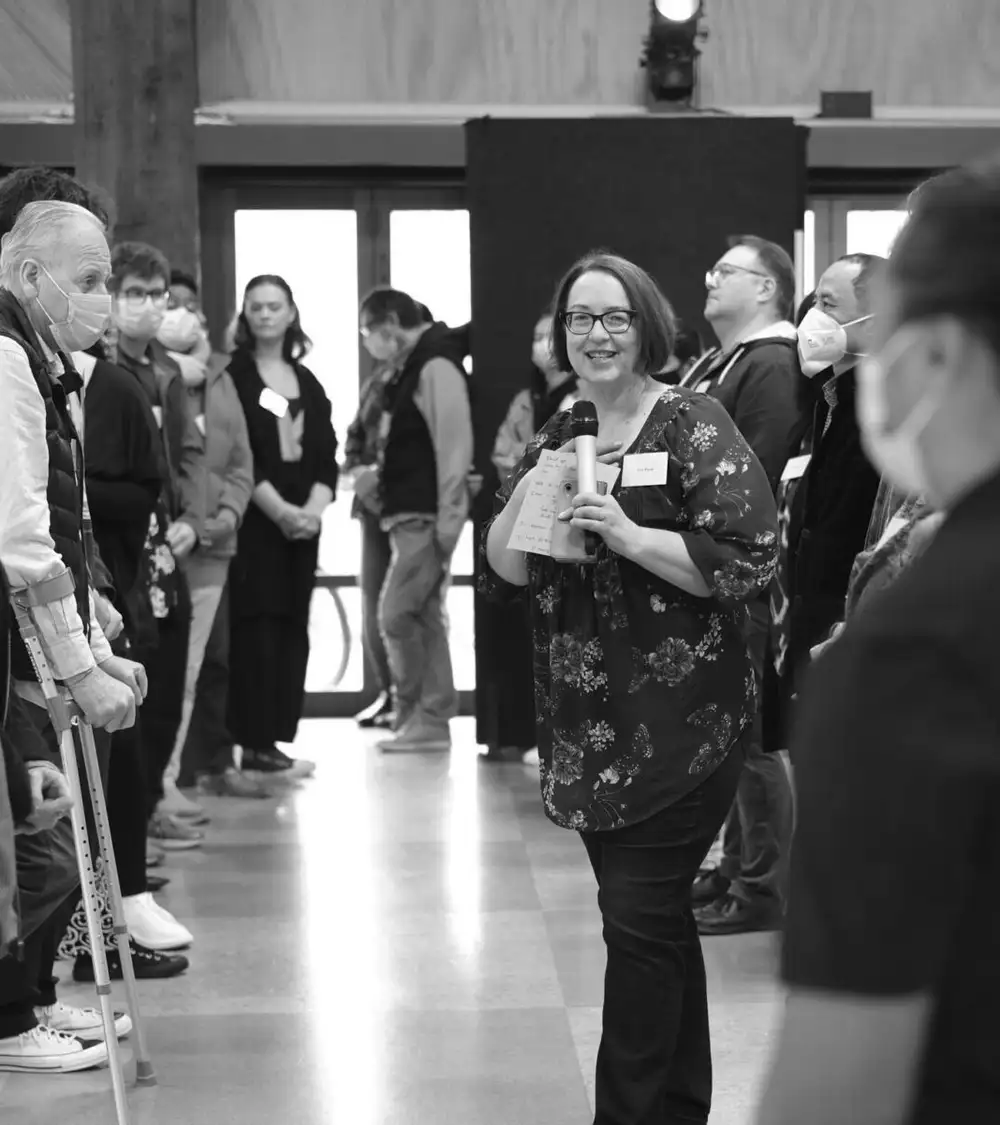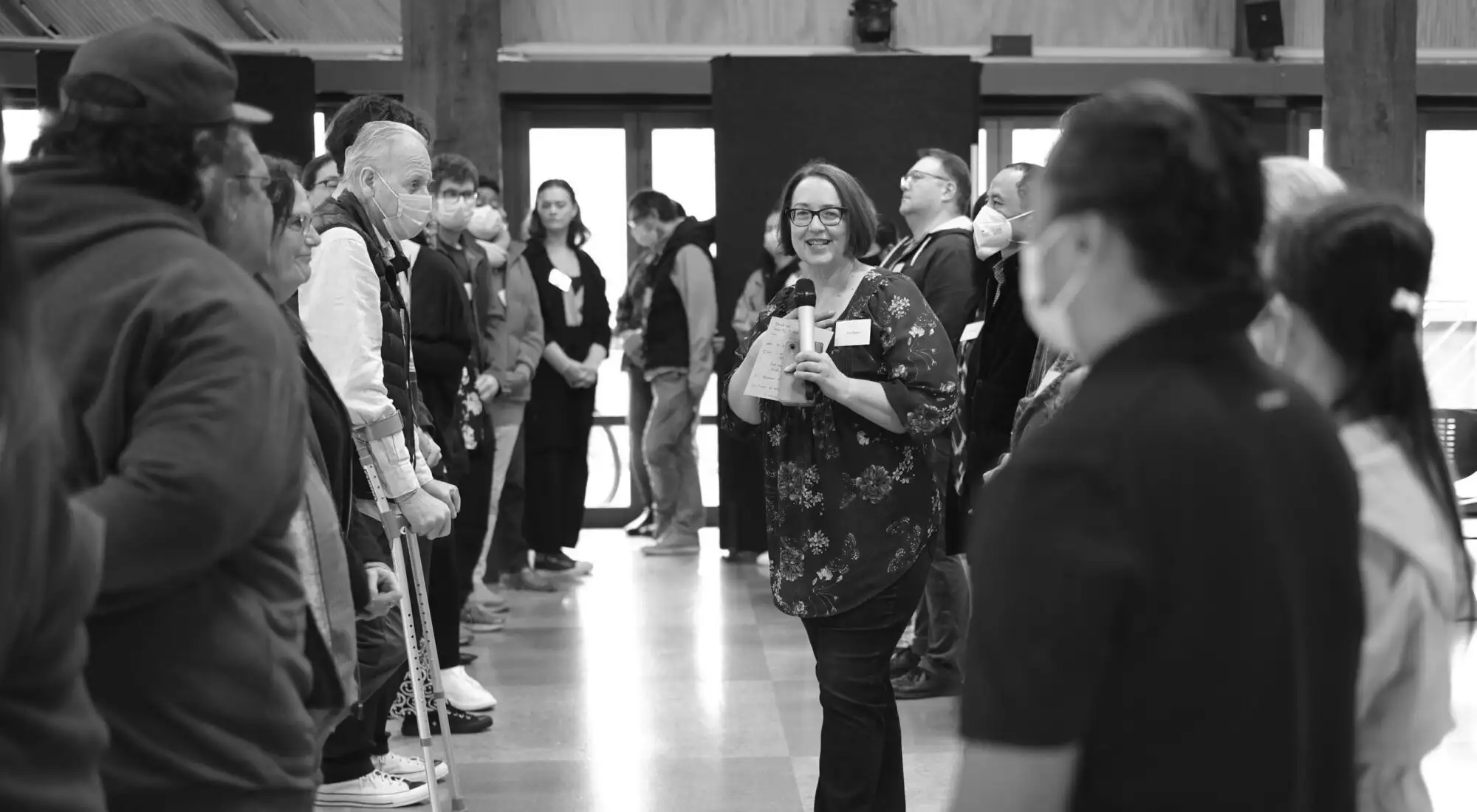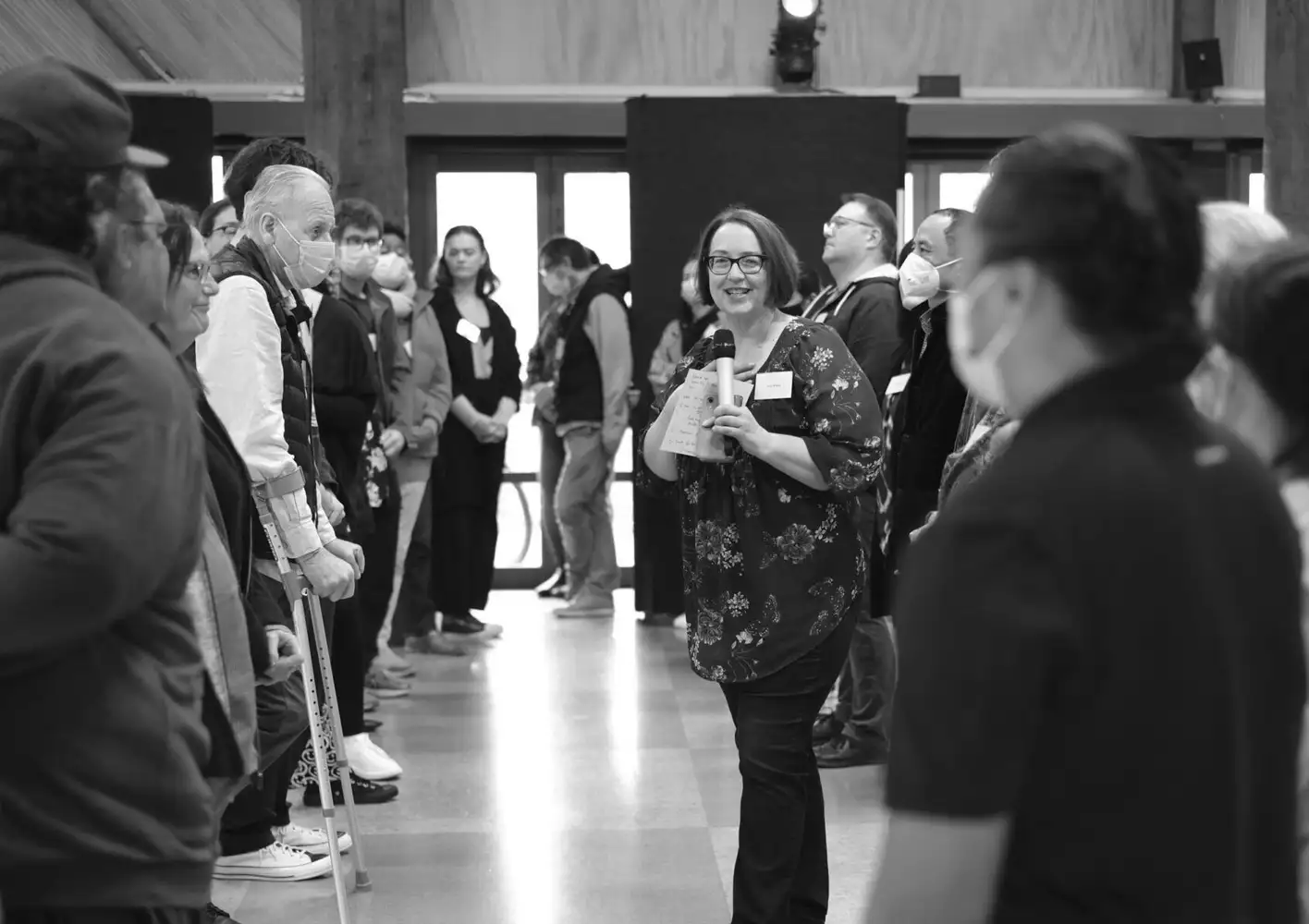Koi Tū and Watercare Citizens’ Assembly



In 2019, the team at Koi Tū: The Centre of Informed Futures were awarded an MBIE Endeavour SmartIdeas Grant to develop and test an Aotearoa New Zealand adapted deliberative democratic model (Bukiljas et al 2023). They collaborated with Watercare (New Zealand’s largest water utility that supplies drinking water to Auckland) to design and implement a deliberative democracy process that would answer the question ‘What should be the next source of water for Auckland, post-2040?’. The project also aimed to explore how to make deliberative democracy consistent with Te Tiriti o Waitangi and the rights of mana whenua while also recognising the increasingly multicultural nature of Tāmaki Makaurau Auckland.
12,000 invitations were sent to Aucklanders inviting them to participate in a citizens’ assembly. 320 people responded and 40 were selected through a randomised sortition process. Those selected reflected the city’s adult population in the 2018 Census, with regard to age, gender, education, ethnicity and home ownership.
The citizens’ assembly took place over seven weeks. In the first session, Watercare presented the problem and committed to honouring the assembly outcomes. The assembly was given six options, along with the ability to add any other option. Over the following sessions, participants were provided with information and different perspectives on the topic, including presentations from Auckland Council planners and a hui with the Mana Whenua Kaitiaki Forum.
Participants worked in groups to delve further into options and discuss the criteria they would use. The assembly decided on eight initial recommendations, which they reduced to four. After further discussions, the assembly recommended direct recycled water as the next source of water for Auckland, with education about recycled water starting immediately.
Participants were provided with childcare, transport, assistance for visually or otherwise impaired participants, and food that suited a variety of dietary and cultural needs.